Text

Contest of Heracles and Apollo for the tripod
Black figure Amphora (520BC-510BC) attributed to the Rycroft Painter.
7 notes
·
View notes
Text
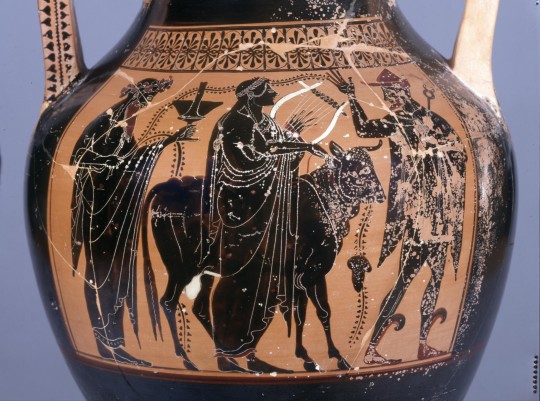
Apollo entertaining Dionysus and Hermes
Black figure Amphora (520BC-510BC) attributed to the Rycroft Painter.
21 notes
·
View notes
Text
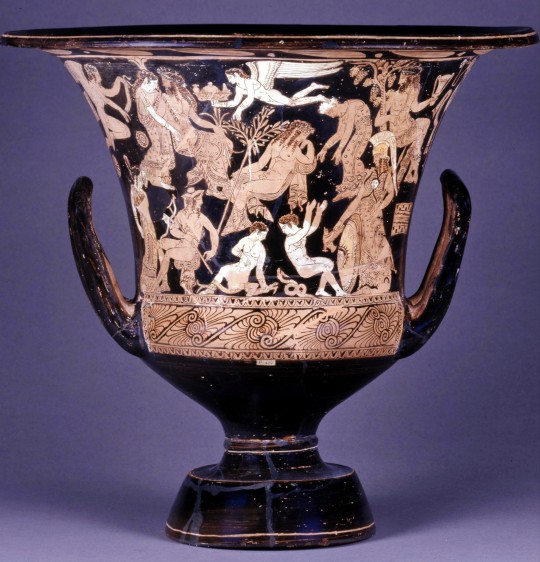

Infant Heracles strangling the snakes
Red-figured calyx-krater (400 BCE) attributed to the Nazzano painter.
Apollo is seated in the centre, and below him the infant Herakles strangles the snakes, while his half-brother Iphikles reaches towards their nurse. On the right, Athena; on the left, Hermes with Artemis. Above left is Zeus with Hera or Alkmene, flanked by erotes; above right, Dionysos seated.
#Heracles#Apollo#Zeus#Hera#Alcmene#Athena#Hermes#Dionysus#red figure krater#greek mythology#greek gods#Iphicles
13 notes
·
View notes
Text


Apollo and a maenad
Terracotta crater decor by the painter of Nazzano, 350 BC
Museo nazionale etrusco di Villa Giulia - Villa Poniatowski, Rome, Italy
73 notes
·
View notes
Text
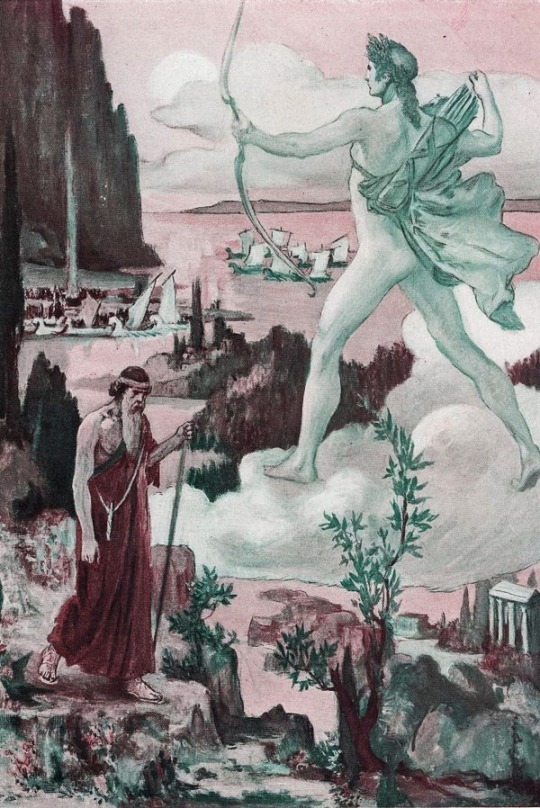
The anger of Apollo
Trojan priest Chryses invokes Apollo to punish the Greeks.
Illustration by Clement Gontier (1876-1918)
203 notes
·
View notes
Text
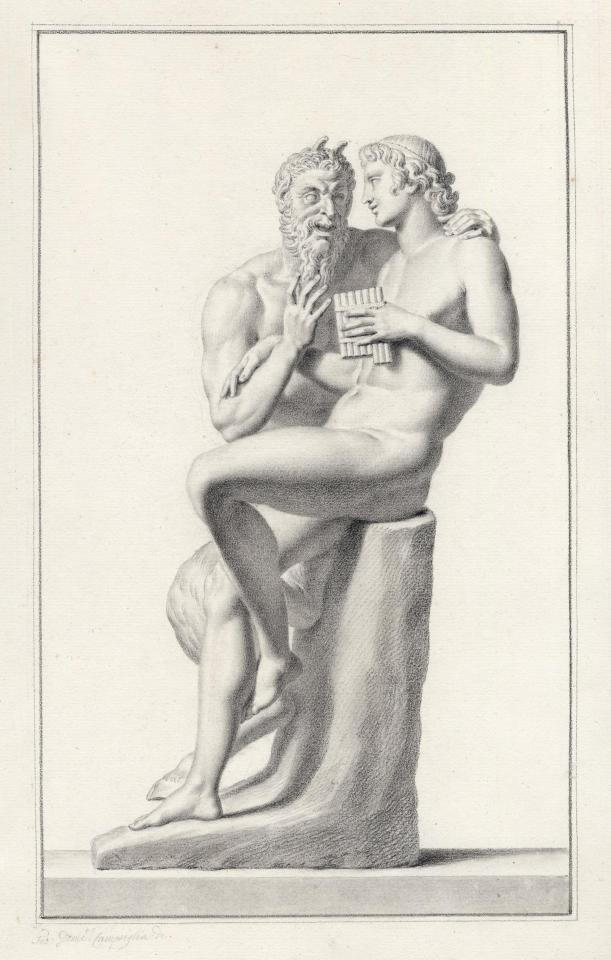
Pan and Apollo
By Domenico Campiglia (1739-1775)
25 notes
·
View notes
Text




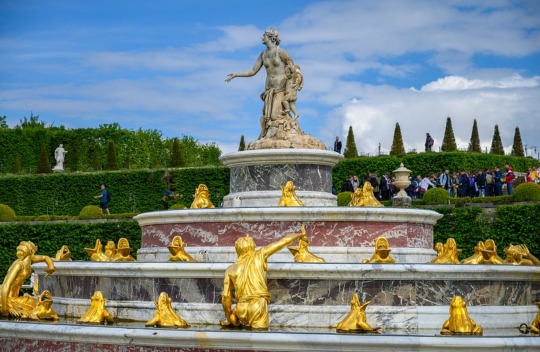

The Latona fountain, Gardens of Versailles
The fountain is dedicated to the legend of Latona, mother of Apollo and Diana, and depicts her encounter with the peasants of Lycia as narrates by Ovid in his Metamorphosis. Soon after giving birth to her twins on the island Delos, Latona fled holding her infants to escape the wrath of Juno. Tired, she stopped by a lake in Lycia and knelt down to drink some water. The peasants working nearby stopped her, and despite the pleas of Latona and her children, they threatened her, and muddied the water by stirring their hands and legs in the lake. Angered by this, Latona cursed them to live in their pool forever, as a result of which they were all turned into frogs.
The figures of lizards and turtles are placed at ground level in the fountain. Peasants undergoing metamorphosis and frogs are placed on the first tier of the pyramid. The next two tiers feature frogs. Lastly, on the summit, the bright marble statue of Latona dominates this aquatic fauna.
#Leto#Apollo#Artemis#Latona#Diana#Apollon#Versailles#Lycian peasants#Ovid#greek mythology#roman mythology#greek gods#roman gods
20 notes
·
View notes
Text


Three muses complaining to Apollo of the barbarity of men
Bas-relief in plaster by Émile Morlaix (1937)
#apollo#apollon#mousai#muses#Greek mythology#Greek gods#Calliope#Euterpe#Thalia#Melpomene#Erato#Terpsichore#Clio#Polyhymnia#Urania#sculpture#Émile Morlaix
247 notes
·
View notes
Text

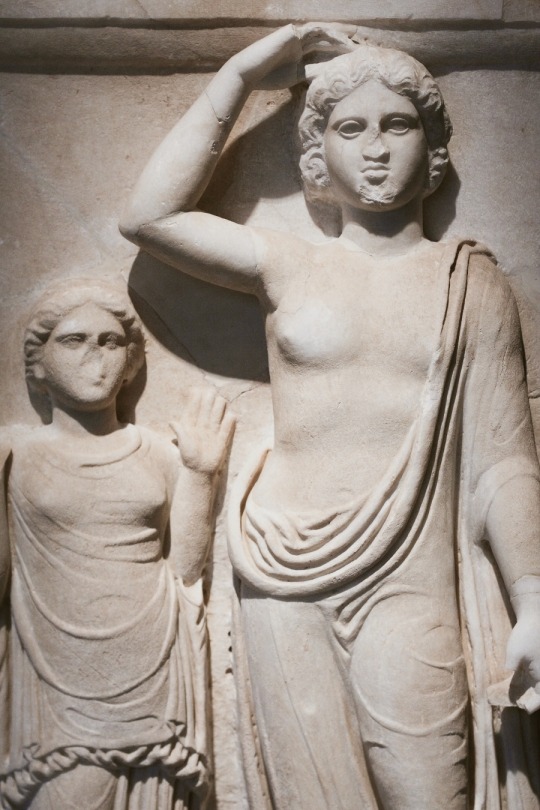
Marble votive stele featuring god Apollon and the dedicator.
Temple of Apollo, Amphanae
Classical Period, 4th century BC
146 notes
·
View notes
Text
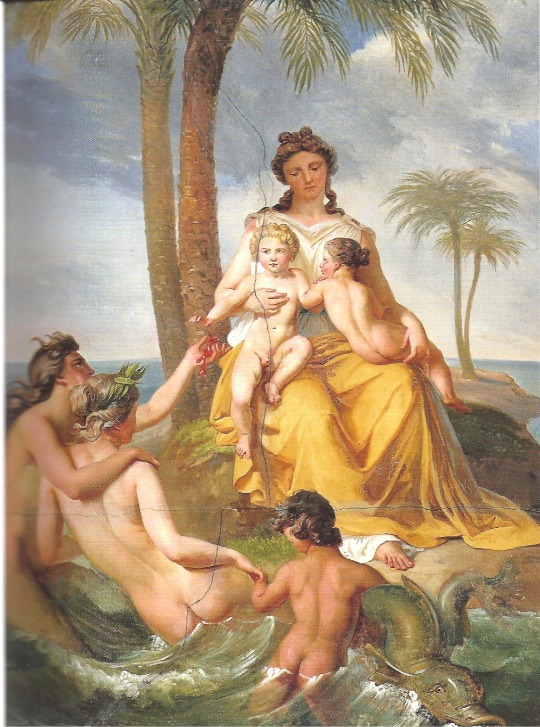
Latona with the infants Apollo and Diana in Delos
By Abel de Pujol
#Apollo#Artemis#Diana#Leto#Latona#painting#oil painting#greek gods#greek mythology#Abel de Pujol#Delos#roman mythology#roman gods
111 notes
·
View notes
Text
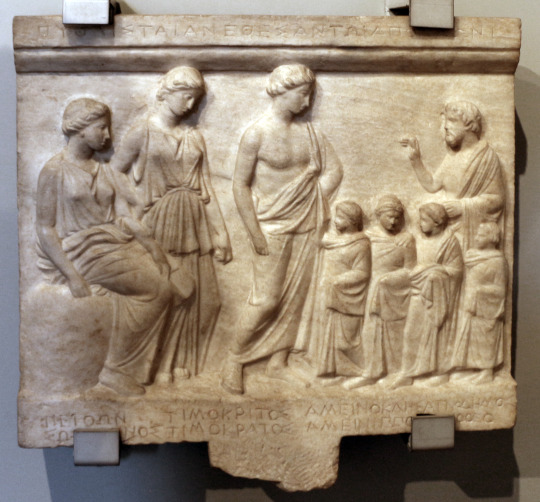
Marble relief of Leto, Artemis and Apollo
A votive relief dedicated to Apollo by a group of young boys who had taken part in a procession from Athens to Delphi.
Attic original from the first half of the 4th century B.C.
49 notes
·
View notes
Text
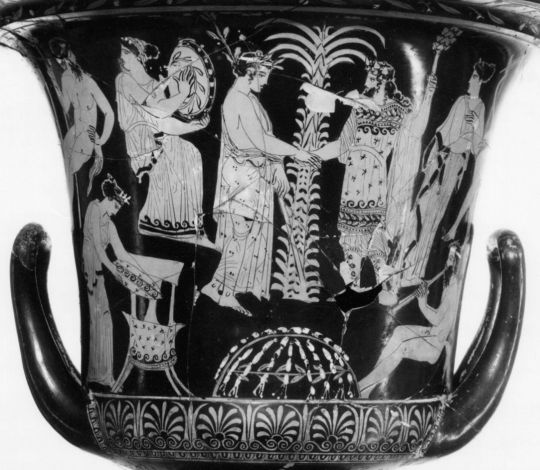
Apollo and Dionysus at Delphi
Attic vase
Fourth century BC.
The State Hermitage Museum, St. Petersburg.
Apollo, with a crown of laurel, is welcomed to Delphi by Dionysus, who is bearded and carrying the thyrsus. Between them is a palm tree, a symbol of Apollo and victory, triumph, peace and eternal life. Beneath them is the Delphic omphalos or navel, center of the world. Behind them is a palm tree, and the other figures are maenads and satyrs, followers of Dionysus.
According to the legends, Apollo entrusted Delphi to his brother Dionysus during winters. Hence during the winter season, only dithyrambs were played in the temple Delphi instead of the usual paeans and the Maenads in turn sang in the honor of Apollo as well.
275 notes
·
View notes
Text

Apollo crowned by Nike
By Noël Coypel
353 notes
·
View notes
Text
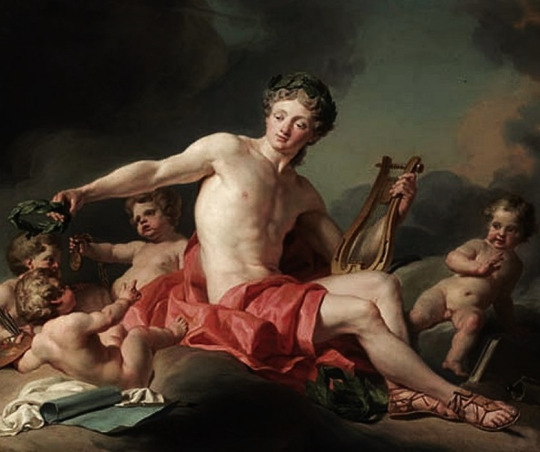
Apollo crowning the Arts (1771)
By Nicolas-Guy Brenet
#Apollo#Greek mythology#Greek gods#Apollo crowning the arts#Painting#Oil painting#Nicolas-Guy Brenet
258 notes
·
View notes
Text
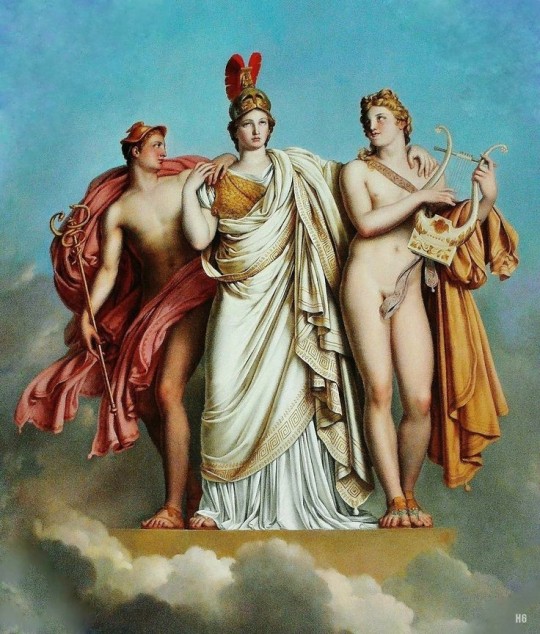
Minerva between Apollo and Mercury
By Anne-Louis Girodet-Trioson
#Apollo#Athena#Hermes#Mercury#Minerva#Greek mythology#Roman mythology#Greek gods#Painting#Oil painting
452 notes
·
View notes
Text
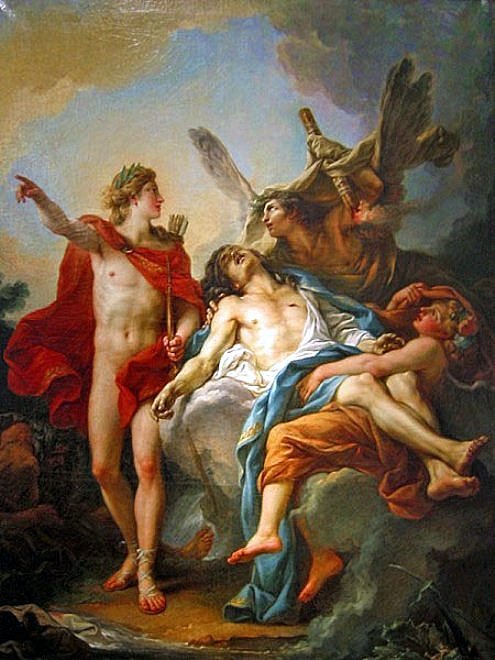
Apollo and Sarpedon
By Jean-Simon Berthélemy
Sarpedon, the son of Zeus by Laodameia, was a Lycian prince who was one of the principal heroes during the Trojan War and fought on the side of Troy. He was a dominant force in battle and commanded the respect of the Trojan prince Hector and his peers. After the greek warrior Patroclus slew him, the god Apollo cleansed and anointed his body with ambrosia, and commanded Sleep and Death to convey him back to his homeland of Lycia where he could be buried with honour.
#Apollo#Hypnos#Thanatos#Sarpedon#Greek mythology#Trojan war#The Iliad#Painting#Art#Oil painting#greek gods
144 notes
·
View notes
Text

Apollo amongst the shepherds
By Friedrich Heinrich Füger
#apollo#greek mythology#greek gods#apollon#art#hellenism#lyre#Shepherds#oil painting#painting#Friedrich Heinrich Füger#Apollo among the Shepherds
141 notes
·
View notes